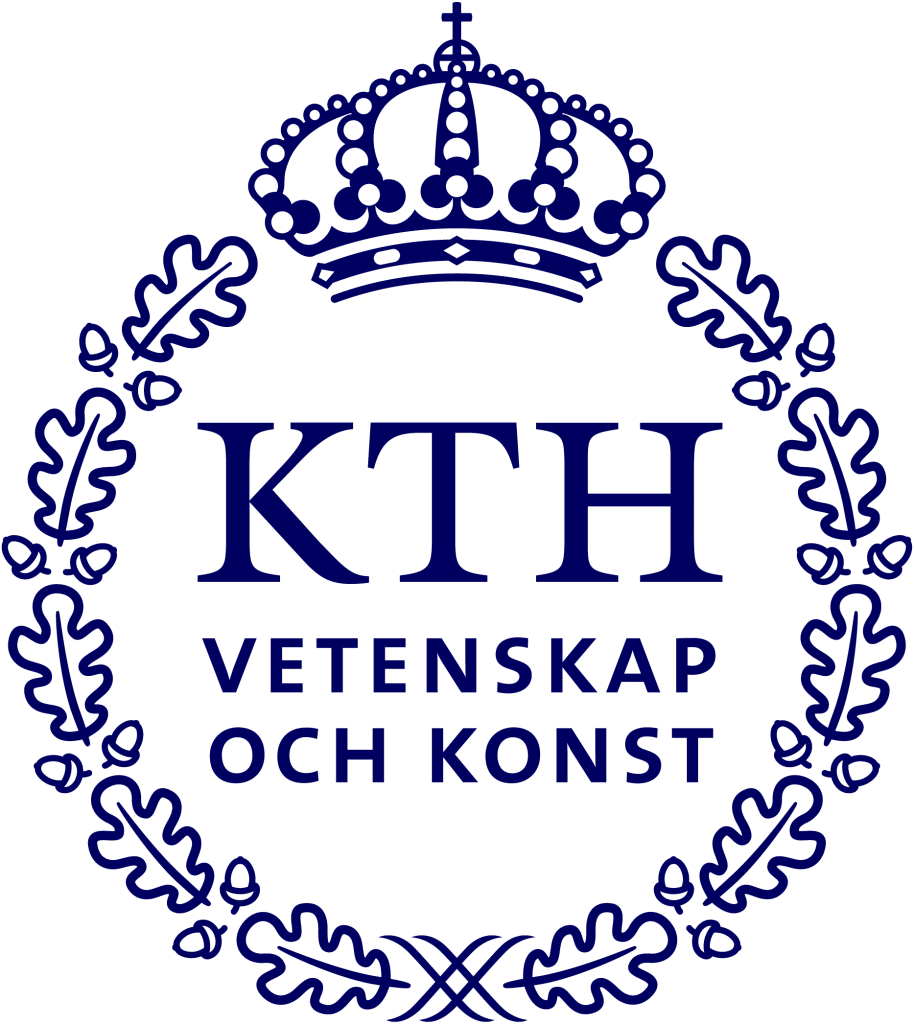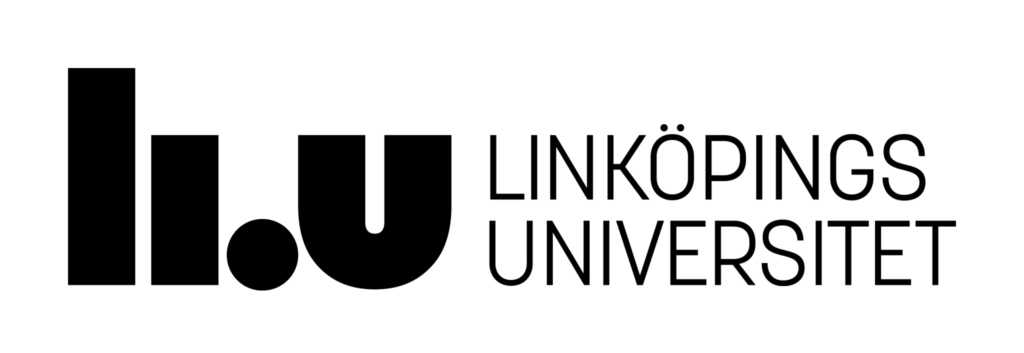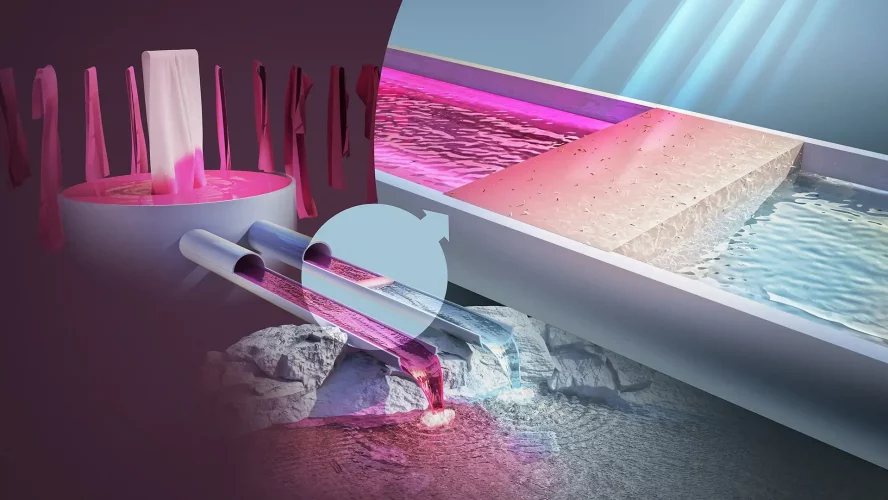The technology is based on introducing anionic charges to cellulose nanocrystals, which then can capture and adsorb toxic dye molecules from water. The wood material is biodegradable and renewable, making it a sustainable alternative to conventional adsorbents.
“We have taken a unique holistic approach to these cellulose nanocrystals, examining their properties and potential applications. We have now created a biobased material, a form of cellulose powder with excellent purification properties that we can adapt and modify depending on the types of pollutants to be removed,” says Gunnar Westman to Chalmers.se.
The researchers believe that this technology can be further optimized and scaled up for industrial use, and could contribute to the development of more environmentally friendly wastewater treatment methods. Conducting field tests in India is now an important next step.
Read the article at Chalmers.se
Read the publications:
Ruchi Aggarwal, Anjali Kumari Garg, Deepika Saini, Sumit Kumar Sonkar, Amit Kumar Sonker, and Gunnar Westman
Cellulose Nanocrystals Derived from Microcrystalline Cellulose for Selective Removal of Janus Green Azo Dye
Industrial & Engineering Chemistry Research 2023 62 (1), 649-659
DOI: 10.1021/acs.iecr.2c03365 https://doi.org/10.1021/acs.iecr.2c03365
Ruchi Aggarwal, Deepika Saini, Sumit Kumar Sonkar, Amit Kumar Sonker, Gunnar Westman,
Sunlight promoted removal of toxic hexavalent chromium by cellulose derived photoactive carbon dots,
Chemosphere, Volume 287, Part 3, 2022,
https://doi.org/10.1016/j.chemosphere.2021.132287





